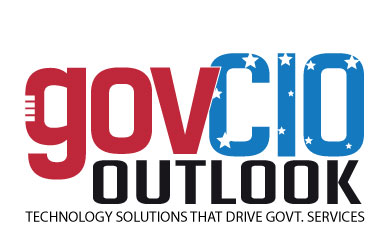Welcome back to this new edition of Gov CIO Outlook !!!✖
NOVEMBER 2023 19GOVERNMENT CIO OUTLOOKIt is essential to be impeccable with your words - mean what you say and say what you meanbasis to document their requirements, needs, and initiatives, translating those needs into an IT roadmap. The program managers continually relay this information to me as the CIO and the other executives in my organization to ensure we understand what investments we will need to make to consistently enable and support their business. As for executive core qualifications, building coalitions, political savvy, and delivering results are all essential. The only way to build and maintain trust among colleagues is to consistently deliver on time and within budget. It is also essential to be impeccable with your words - mean what you say and say what you mean. An example of this is that a leader's primary responsibility is to give clear guidance to their workforce, and you should be prepared to recognize and correct misunderstandings before they become problems, or else own undesirable outcomes that result from misinterpretation. Before your stint at NARA, what experiences empowered you to enhance the knowledge of results-oriented Information Technology for formulating and implementing effective strategies aligned with organizational goals, facilitating improved performance? My most formative and empowering experiences occurred during my tenures at the Social Security Administration (SSA) and the National Aeronautics and Space Administration (NASA) for 18 cumulative years. It was in these agencies that I was able to perfect my ability to create a shared understanding with business executives on how IT can enable business functions. I was able to clarify the IT footprint of both organizations, build economies of scale, and meet federal mandates like FITARA, the Clinger-Cohen Act, and FISMA, in addition, sustain the credibility of both agencies' brands. One of the most valuable experiences is working with mentors and executive coaches, as both helped to give me tools to build coalitions and how to translate mission needs into IT services. Specifically, in terms of formulating and implementing effective strategies, I think my background in the Capital Planning and Investment Control (CPIC) process helped me to understand business needs, develop business cases with return-on-investment data, and align IT roadmaps and enterprise architectures to business architectures/needs. All those experiences factor into implementing effective strategies for IT to support improved performance and organizational goals. On an ending note, what advice would you give to the other senior leaders and CXOs working in the government consulting sector? I view my contractors/ consultants as strategic partners. I rely on them to bring their expertise and recommendations to the agency rather than prescribing to them exactly what they need to do. If I could offer any advice to the CXO community, I would encourage them to engage with government consulting in partnership with organizations that bring together federal customers with consulting groups to gain insights and reduce barriers, outside the context of business development. These types of groups and meetings facilitate the growth of relationships and networking in a way that builds trust, provides context on past performance, and creates interpersonal connections that grant the ability to get reliable information about consultants differently from the typical proposal process.
< Page 9 | Page 11 >
< Page 9 | Page 11 >
